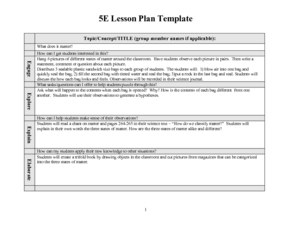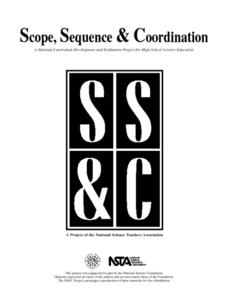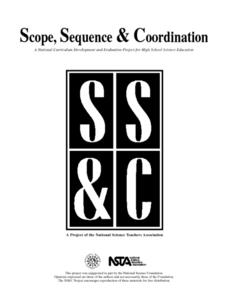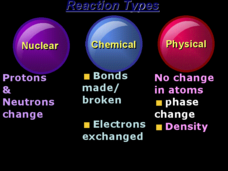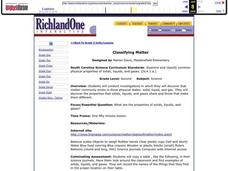Curated OER
What Does It Matter?
Pupils match definitions with vocabulary words and learn basic facts about matter. Then, they see how to determine the physical characteristics of matter. They determine the mass, volume, and density of objects using appropriate tools...
Curated OER
What Does It Matter?
Pupils define matter, the chemical properties of matter, and the physical properties of matter. They name physical and chemical properties of matter (by classifying using a Tree Map). Students determine the mass, volume, and density of...
Curated OER
Solids, Liquids, and Gases
First graders explore the properties of matter. In this states of matter instructional activity, 1st graders conduct scientific investigations that require them to mix, cool, and heat objects in order to observe changes in the properties...
Curated OER
Oobleck/Slime War
Students compare slime recipes. In this properties of matter lesson, students make Oobleck and glurch and compare the properties of each and examine the solid and liquid properties of them.
EduGAINs
Understanding Viscosity through Investigation and Comparison of Fluids
Not all liquids are the same. Investigate the viscosity of different fluids with a series of activities designed for eighth grade science. As learners move through learning centers with different experiment setups, they determine...
Curated OER
Oils and Plastic
Peruse the properties of polymers with your materials engineers, chemistry aces, or emerging ecologists. The inquiries in this resource include puncturing polyethylene plastic bags, dissolving polystyrene cups, creating a polymer...
Curated OER
Sun, Spectra, and Stars
Get ready to spark interest in electromagnetic radiation! This resource shares nine indelible inquiries that you can choose from to ignite understanding of spectra and the relationship between light and heat. The assessments that follow...
Curated OER
Three States of Matter
Third graders investigate the three states of matter and the properties of materials as they undergo physical changes. They identify examples of each type of matter, role-play atoms in solids, liquids, and gases, and conduct an...
Curated OER
States of Matter: Solids, Liquids and Gases
Learners explore various states of matter. In this science lesson plan, students recognize the properties of each state of matter and recognize the similarities and differences between the three states of matter.
Curated OER
Properties of Water
Learners study the three physical properties of water-solid, liquid and gas. They classify materials as solids, liquids, and gases. They define the terms solids, liquids and matter and explain that when materials are manipulated,...
Curated OER
Matter for Minors
Students use streaming videos, web sites, and hands on activities students to explore matter. They focus on how temperature affects matter and what the particles look like in the states of matter.
Curated OER
Characteristics of Matter
Students study matter. In this science lesson plan, students examine the relationships among gravity, weight, and mass, the metric measurement of distance and volume, and density and its application to physical properties.
Curated OER
A Matter of Density
In this density instructional activity, students use different liquid densities to determine the order they would settle in if poured in a container together. Students review vocabulary terms associated with the density of matter. This...
Curated OER
It's The States of Matter
Students investigate the properties of solids, liquids and gases. In this states of matter lesson plan, students observe dry ice and its characteristics. They calculate the density of dry ice and observe the sublimation of the dry ice...
Curated OER
Investigating Materials
In this recognizing properties and changes of properties in matter worksheet, learners complete a chart of materials and their actions and then list things they would make with wood, glass, plastic, and metal. Students write about 30...
American Chemical Society
Evaporation
This is one in several lessons that explore the relationship between temperature and phase changes of water. After some discussion, elementary physical scientists place wet paper toweling on a hot and a room-temperature water bag...
Curated OER
Chemistry Slide Collection
A huge slide show provides a review of almost every topic there is to cover in basic chemistry! Your young scientists will be interested to see each illustration and example given. The appearance of the 120 slides varies greatly, most...
American Chemical Society
Curious Crystals
Crystals are more than meets the eye! Can learners tell them apart simply by observation? As they examine five samples with a magnifier, they find that appearance alone is not enough. This serves as an introduction to a mini unit on...
Beyond Benign
Synthesis and Analysis of Biodiesel
Fossil fuels are non-renewable resources and have become crucial to the livelihood of countless individuals. Young chemists investigate an alternative method of generating energy by performing a series of activities that lead to the...
Curated OER
Classifying Matter
Second graders conduct investigations to explore matter. In this states of matter lesson, 2nd graders complete four activities to analyze the three states of matter. Students analyze the properties of solids, liquids, and gases. Students...
Curated OER
Changes In Matter, "The Big Chill"
Third graders investigate why ice cream does not go through any chemical changes when it is exposed to physical changes. They describe the three states of matter in either written or verbal form. Then students experiment with ice cream...
Curated OER
Introduction to Materials: Properties of Materials
Students explore the properties of matter. In this properties of materials lesson, students examine wood, metal, rubber, Styrofoam, and plastic. Students identify the attributes of each of the materials.
Curated OER
Matter
In this matter worksheet, students complete a graphic organizer by describing the properties of matter, the changes of matter, and how matter can form mixtures.
Curated OER
Matter Overview
There is not much information in this presentation. It serves more as a guide to direct the flow of your introductory chemistry lecture. Each slide displays a large title and a smaller phrase meant to explain it. For example, one title...


